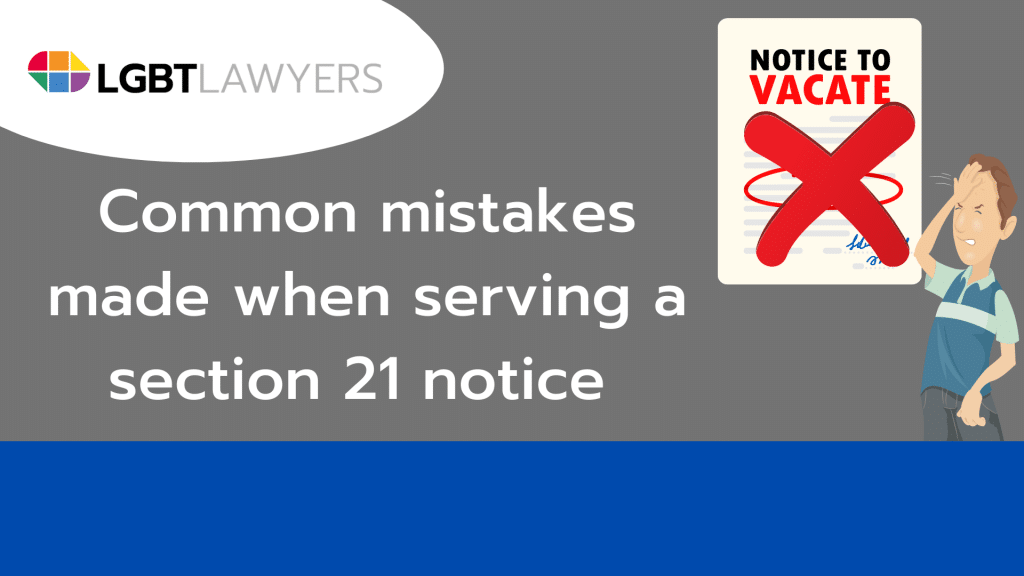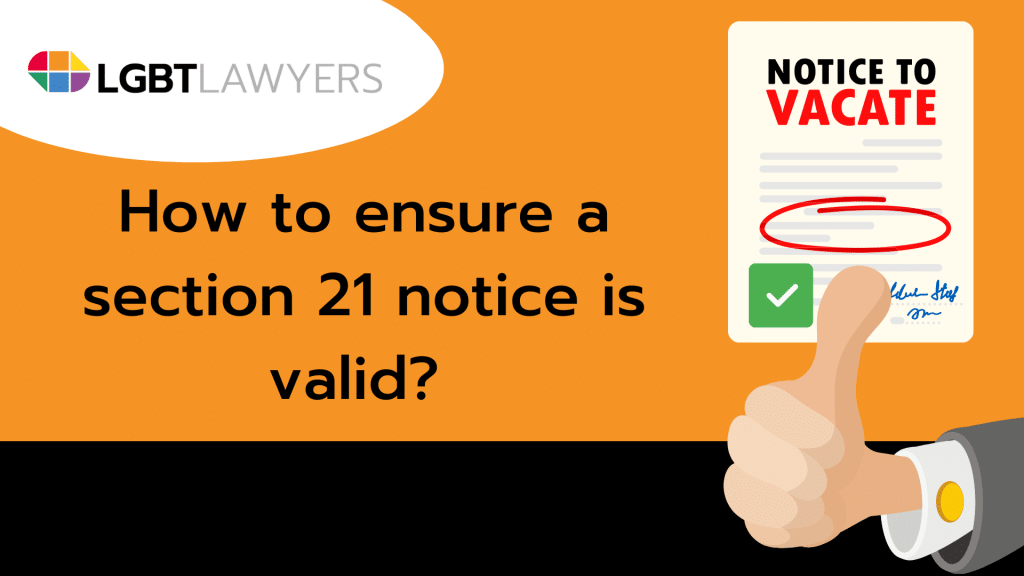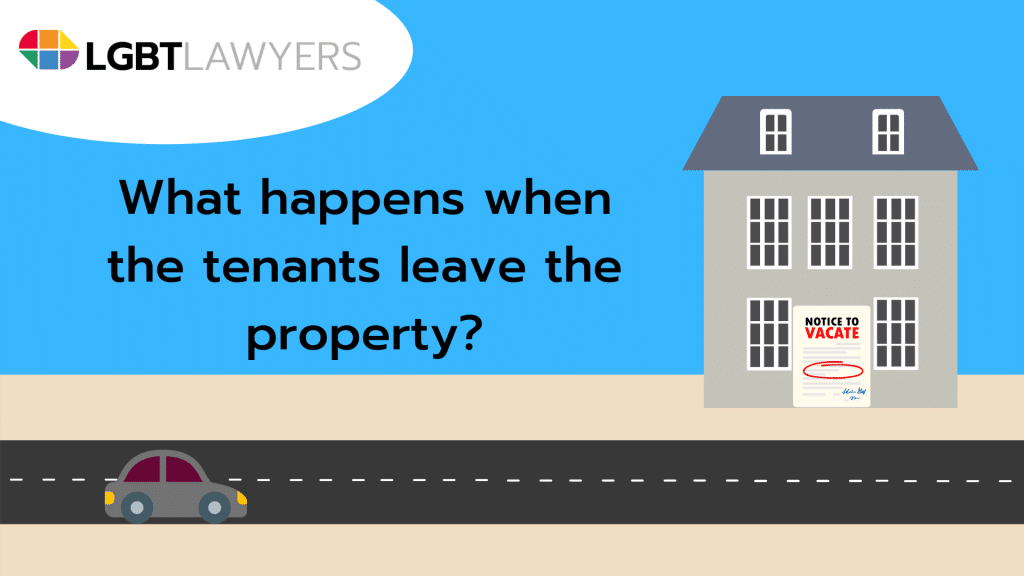Serving a section 21 notice is one of the most common ways for a landlord to regain possession of their property. If the tenancy is an Assured Shorthold Tenancy granted under the Housing Act 1998, landlords can legally evict tenants without reason.
To ensure landlords correctly serve a section 21 notice, we have developed a blog that explains what a section 21 notice is, when you should use one, and how to go about using it. Furthermore, the blog contains up-to-date information on how the coronavirus has changed vital elements of serving a section 21 notice, such as the required notice periods.
Coronavirus Update
- If you gave your tenant notice between 26 March 2020 and 28 August 2020, you will have to give at least 3 months notice.
- Where notice has been served between August 2020 and 21 May 2021, you will have to give tenants at least 6 months notice.
- If you gave your tenant notice on or after the 1 June 2021, the notice period must be at least 4 months.
- In Wales, the notice period is at least 6 months, if you gave your tenant notice on or after the 24 July 2020.

Section 21 notices
A section 21 notice is a written statement that landlords can use to regain possession of a property let using an Assured Shorthold Tenancy (AST) agreement. The written statement is served to the tenant, notifying that he wishes to regain possession of the property. It is called a Section 21 notice because the requirement for the landlord to serve the notice is a provision of Section 21 of the Housing Act 1998.
One of the main benefits of serving a section 21 is that landlords do not need to provide a reason for the eviction as long as they follow the correct procedure set out in the Housing Act 1988. Furthermore, if the tenant has broken one of the 17 grounds, a landlord can decide to either serve a section 8 or section 21.
Landlords can decide to serve both notices at the same time to evict a tenant faster. A section 21 notice can be used to deal with the aspect of removing the tenant from the property, whilst section 8 deals with the financial elements involved, such as late payments.
Alternatives to section 21 notices?
One of the only alternative options a landlord can take to regain possession of a property is to serve a section 8 notice. This type of notice can be used to regain possession faster in some circumstances. For example, if the tenant has broken the ground/s of the tenancy agreement.
Despite the 6-month notice applying to section 8 notices, there are certain exceptions where the eviction can be completed in 4 weeks. For example, if the tenant has serious rent arrears (of at least 6 months) the landlord can legally serve a section 8 notice and evict the tenant in 1 month. For more information on section 8 evictions, please click here.
What are the common mistakes made when serving a section 21 notice?

- Issuing possession proceedings prematurely.
- Not securing the tenant’s deposit using a government-authorised scheme.
- Spelling mistakes.
- Using an outdated version of the section 21 notice.
- Not completing the form.
- Miscalculating the notice period.
- Serving the notice in response to a tenant raising a legitimate issue.
How to ensure section 21 notice is valid?

To ensure a section 21 is completed and served correctly, a landlord must adhere to the following requirements:
- The tenant’s deposit has been protected in a government-authorised scheme.
- The tenant has been given prescribed information with a deposit certificate within 30 days of making payment for the deposit.
- Each tenant has received a copy of the energy performance, gas safety certificate and the Government’s ‘How to Rent guide’.
- The tenant has not made any recent complaints about the condition of the property.
- The tenancy is an AST. Different eviction procedures are required for landlords who have an excluded tenancy or an assured and regulated tenancy.
- The fixed term of the AST has ended. A landlord can serve a section 21 at any point so long that the notice date ends after the fixed term.
- A “Notice of Emergency Remedial Action” or “Improvement Notice” has not been made by a local authority within the last 6 months.
How to serve a section 21 notice?

- Each tenant on the AST must be named on the notice individually and in full, matching the full names on the original agreement. It is advised to serve each tenant with a copy of the notice and request that the tenants sign and return a copy to the landlord.
- Ensure there is a photocopy of the notice, once for both landlords and tenants. Also, if the notice is sent with a cover letter ensure this is also photocopied.
- Send notice to each tenant by recorded delivery (even if the tenants live at the same address). Collect evidence of this either by using a witness or by proof of delivery.
- Lastly, keep a copy of each notice served and any other relevant documents.
What are the best methods to ensure a tenant receives a section 21 notice?
It is essential for a landlord to provide evidence that the tenant has received the notice. The most common way a landlord does this is by:
- Email – A landlord can serve a section 21 eviction notice to tenants via email. The notice is considered served on the day of delivery so long as that it is before 4:30pm on a working day.
- Process Server – A process server can be used by landlords to serve notice. A process server is a professional service that serves legal notices.
- Personal Delivery – A landlord can personally deliver a section 21 notice by hand to the tenant. However, it is advised to collect evidence of this by having a witness.
- Recorded Delivery – Recorded delivery can be used by landlords so long as the tenants accept the delivery. If they do not accept delivery the section 21 will not be valid.
- First-class post – A landlord can serve a section 21 notice using first-class postal delivery.
What if the tenant vacated the property by the notice date?

- Fill in the certification of service form (N215).
- Write “served by [your name] on [the date]” on the notice.
Once completed, landlords can use the completed N215 or notice to apply for an accelerated possession order which costs £355. Once the application is approved, the court will forward a copy of the application. The tenants will then have 14 days to challenge the application. After, a judge will decide to issue possession or commence a court hearing. If successful, the courts permit bailiffs to remove the tenants from the landlord’s property.



0 Comments